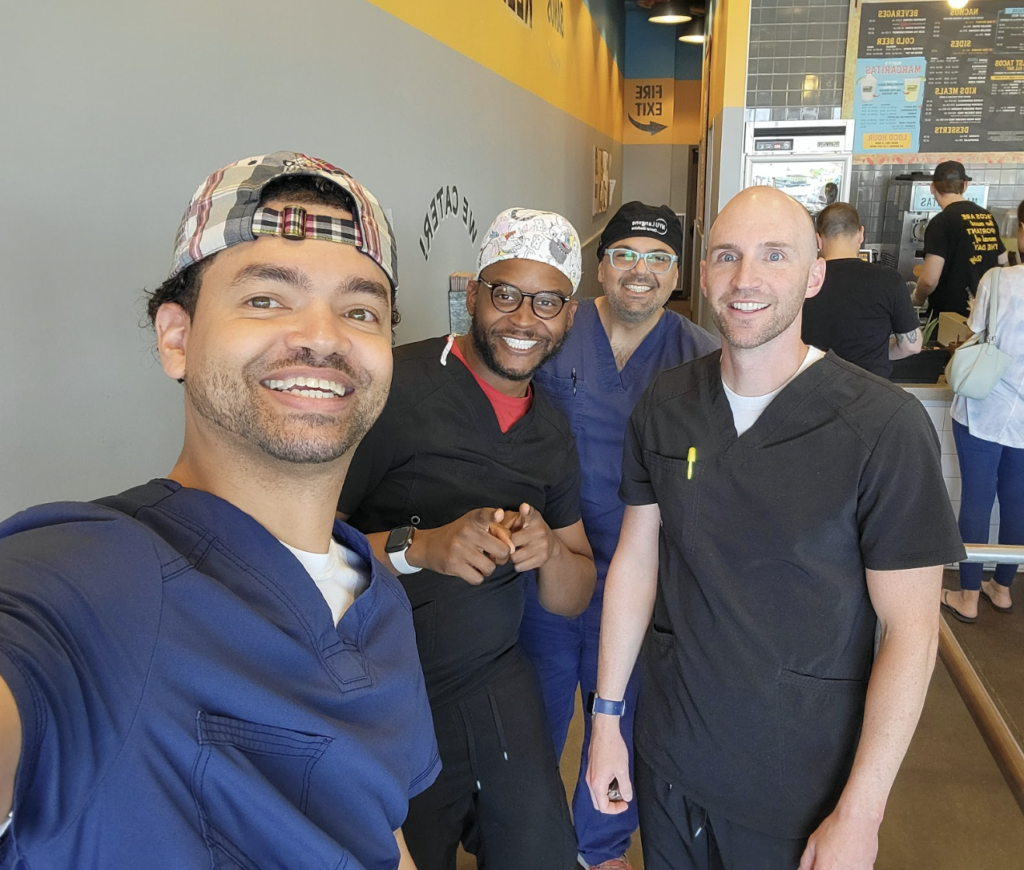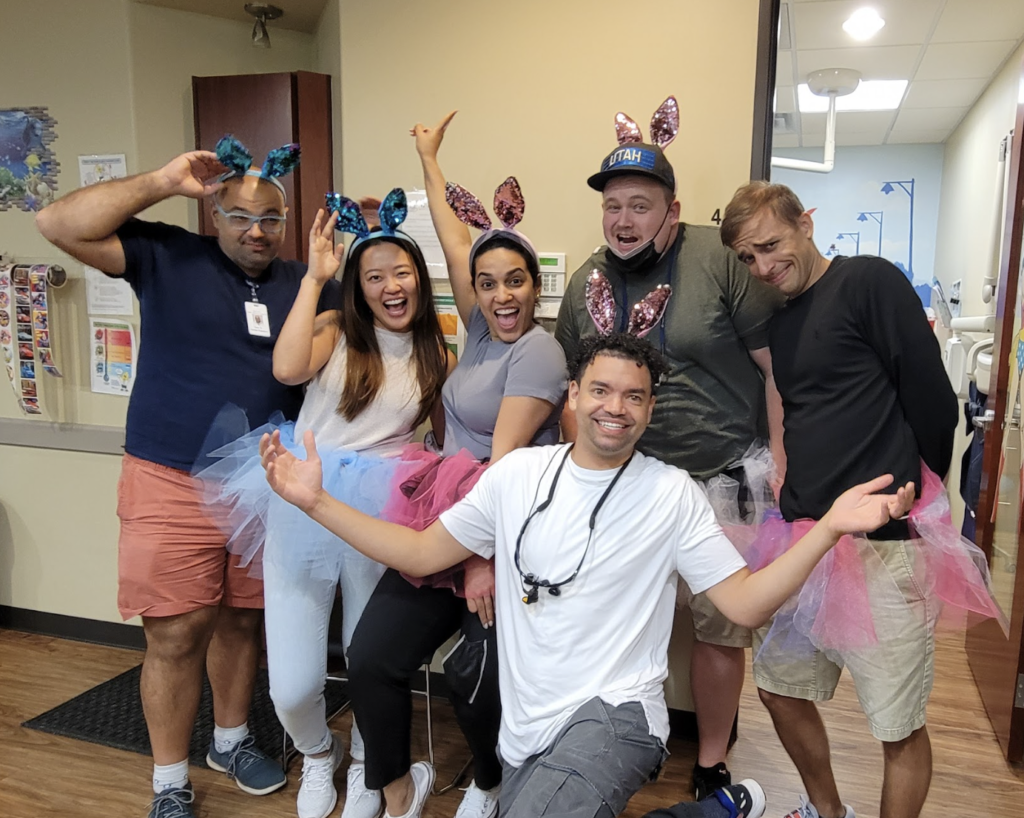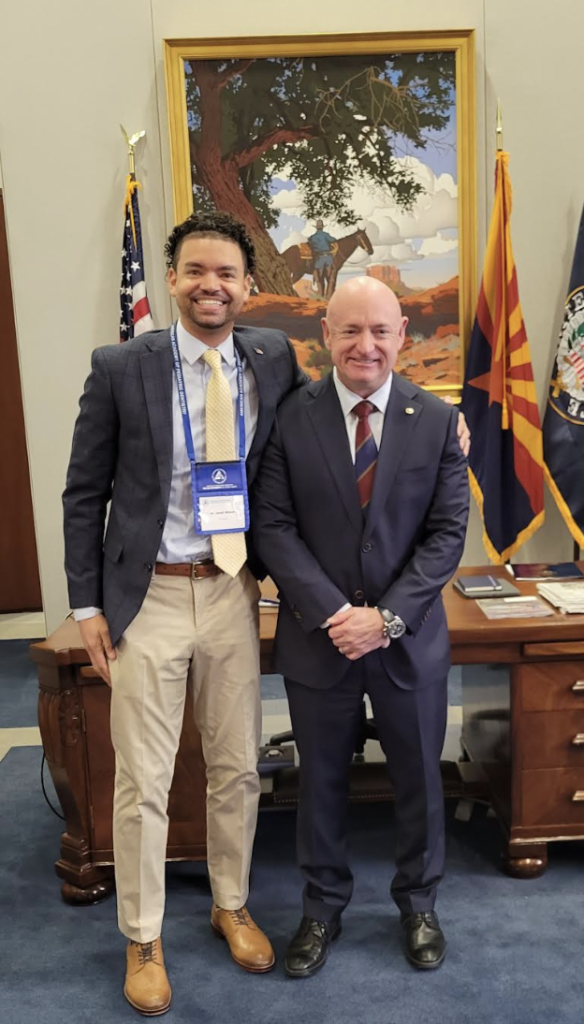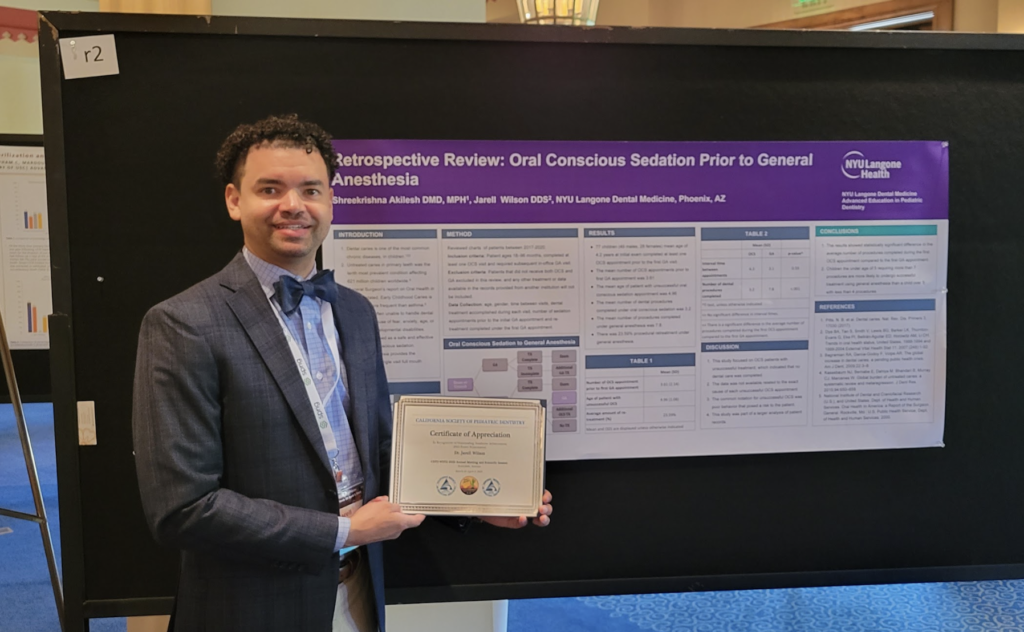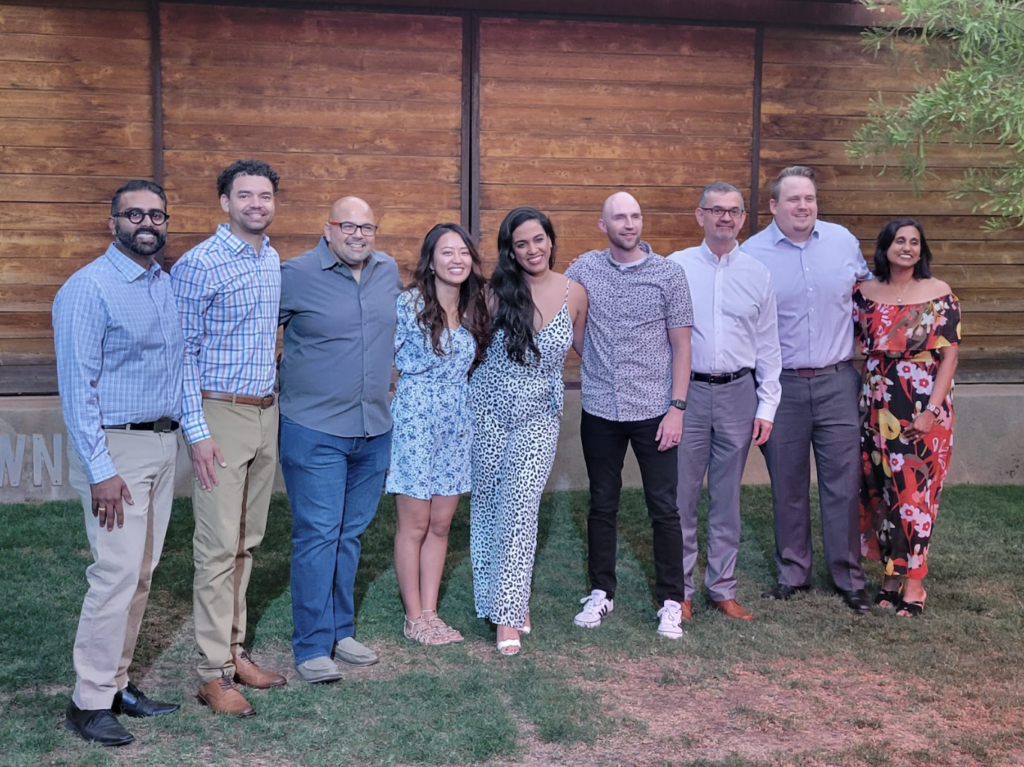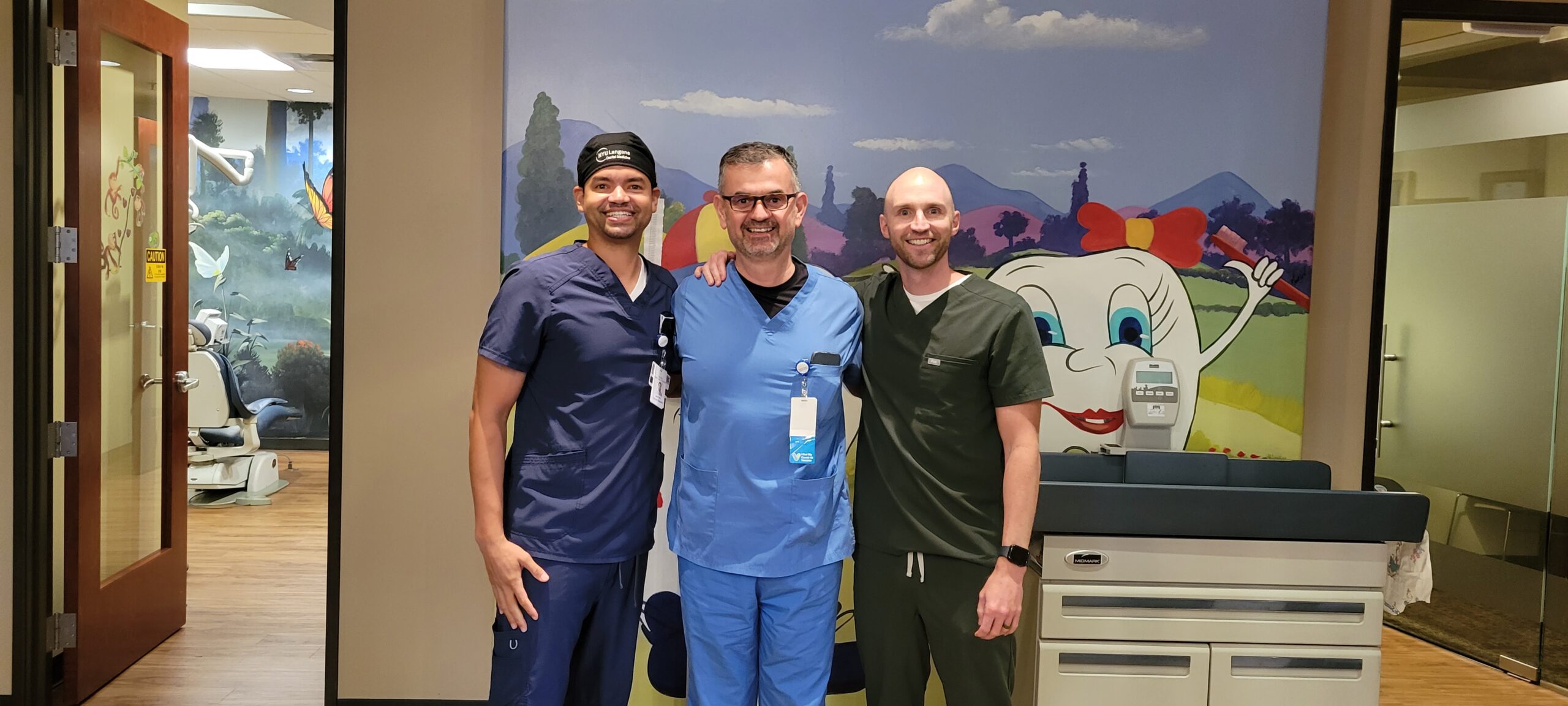My journey through the NYU Langone Pediatric Dental Residency was not defined by a single location, but by a mosaic of experiences that shaped the provider and person I am today. From private practices in suburban neighborhoods to bustling hospital clinics, federally qualified health centers (FQHCs), and large dental service organizations (DSOs), I trained in environments that tested my clinical skills, deepened my empathy, and strengthened my resolve to advocate for children who too often go unheard.
Each setting had its own rhythm, its own challenges, and its own lessons. In private practice, I learned the importance of building long-term relationships with families, becoming a trusted guide throughout childhood milestones. In the hospital, I sharpened my ability to manage complex cases and collaborate with multidisciplinary teams, often under unique circumstances. FQHCs introduced me to families whose access to care was fragile, disrupted by socioeconomic barriers that had nothing to do with their willingness to prioritize their child’s health. And in DSOs, I learned to work efficiently, often with limited time, but still striving to deliver the highest of quality & compassionate care to every patient.
Regardless of the setting, one truth remained constant: children deserve more than just a quick fix. They deserve clinicians who see them not just as mouths to be cleaned or cavities to be filled, but as whole people—developing, vulnerable, resilient. I came to appreciate how oral health touches every part of a child’s life: from self-esteem and school attendance to nutrition and sleep. I witnessed how alleviating pain could mean the difference between a child eating dinner or going to bed hungry, smiling in their school photo or hiding behind closed lips.
It was through this lens that I became equally invested in educating parents, caregivers, & colleagues, teaching proper hygiene techniques, counseling on nutrition, explaining treatment plans in plain language. I quickly learned that brushing twice a day is a family commitment, not just a child’s chore. My conversations with parents often extended beyond the clinic to health fairs, classrooms, and community centers where I could share not only information, but resources and encouragement.
Yet nothing shaped me more deeply than my time serving on the Navajo Nation. There, I saw the gap between knowledge and access, intention and reality. I witnessed children in pain—avoidable pain—and parents doing their best within a system that had failed them for generations. I saw families drive hours to reach a clinic. I saw homes without running water, where brushing with fluoridated toothpaste was a daily logistical challenge. And I learned that systemic inequality, not lack of effort, was the true barrier to health.
The 2020 Surgeon General’s Report on Oral Health in America confirmed what I saw firsthand: Native American and Alaska Native children continue to suffer from the highest rates of early childhood caries in the nation. In many communities, over half of children aged 2 to 5 are affected. These numbers are not just data points—they are names, faces, and futures. They are the boys and girls who sat in my chair, wide-eyed and hurting, hoping I could make it stop.
One story in particular haunts me—not from my clinic, but from our collective conscience. Deamonte Driver was a 12-year-old boy from Maryland who died in 2007 from a brain infection caused by an untreated dental abscess. His mother couldn’t find a dentist who accepted Medicaid. By the time he made it to the hospital, it was too late. A $75 extraction might have saved his life. His death was preventable. And it still happens, quietly, invisibly in underserved communities across America.
Deamonte’s story is a constant reminder of why I do this work. It’s why I’ve gone to Capitol Hill to advocate for better reimbursement, expanded access, and stronger prevention policies. It’s why I speak to policymakers about the real-world impact of budget decisions, and why I fight for every child to have the same chance at health regardless of their ZIP code, background, or insurance status.
My time in residency did more than teach me how to place stainless steel crowns or manage behavior in the clinic—it showed me what’s at stake. I grew not just in skill, but in vision. I no longer see pediatric dentistry as a career. I see it as a commitment to health equity, to justice, and to the belief that every child deserves to be pain-free, smile freely, and live with the self confidence to grow into who they want to be.
Special Thanks to my attendings, co-residents, assistants, and especially all patients @ Norterra Kids’ Dentistry & Orthodontics, PDS Foundation Dentists for Special Needs, Kids Dental Office of Phoenix, Kidtastic Pediatric Dental and Orthodontics – Mesa, Kid-1 Pediatric Dentistry, Sunlife Pediatric Dental Clinic, Chandler Care Center, Banner Casa Grande Medical Center, HonorHealth Scottsdale Shea Medical Center, HonorHealth John C. Lincoln Medical Center, HonorHealth Deer Valley Medical Center
& NOAH Palomino Health Center Pediatrics. Each of you played a vital role in not only my training but in shaping the pediatric dentist I’ve become and will continue to grow into.
